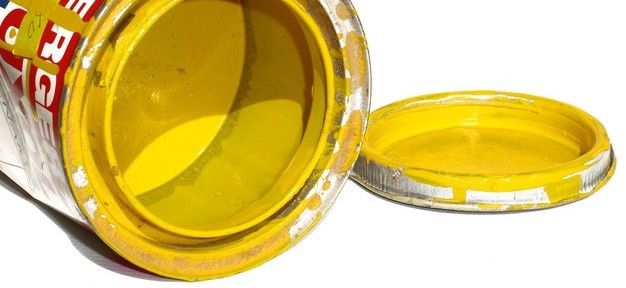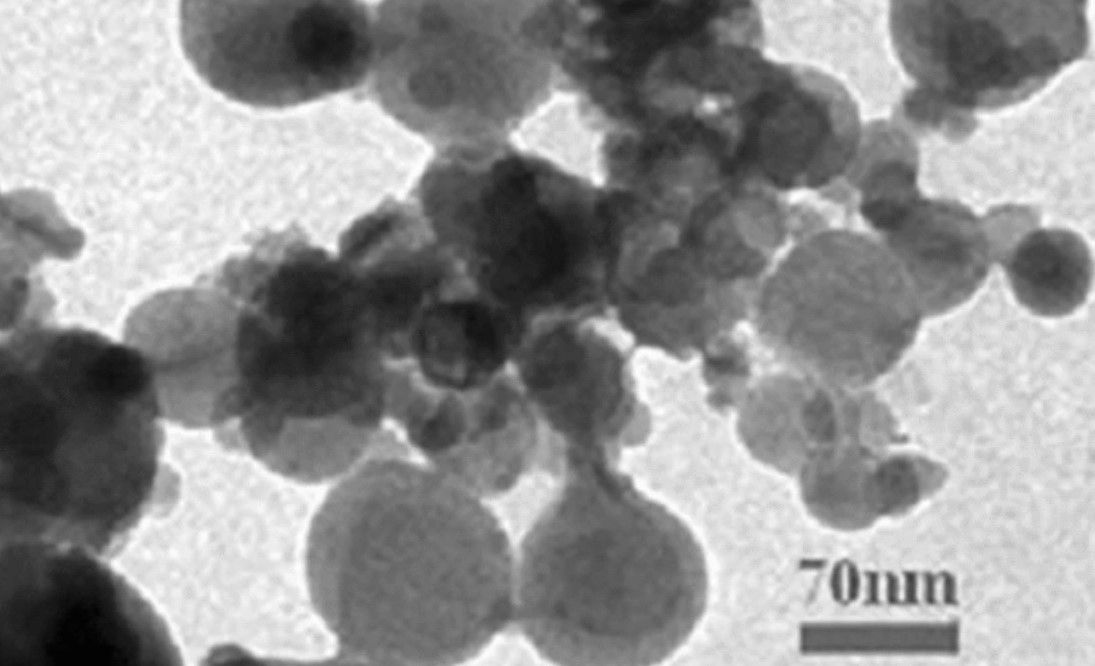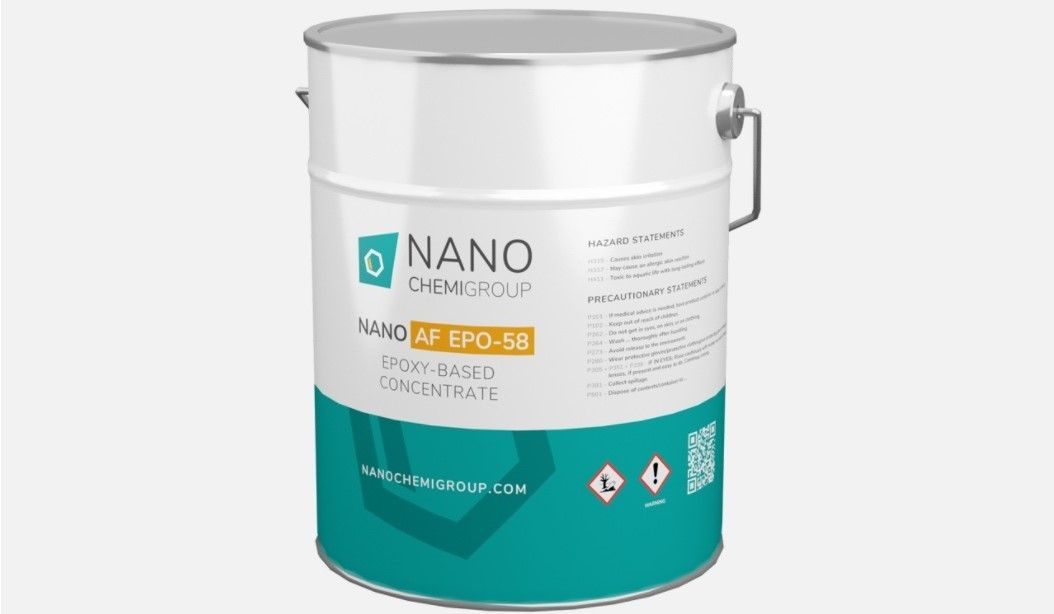Epoxy resins are everywhere, yet the general public is completely unaware of their existence.
They are used in the manufacture of adhesives, paints, plastics, primers and sealants, coatings, floor coverings and a host of other products used in the construction industry. But still one questions remains:
Why add nanomaterials to epoxy resins?
There are in fact, almost as many reasons for using nanoparticles as a raw material in epoxy resins as there are uses for epoxy resins.

The primary justification is that as versatile as epoxy resins are, they remain far from perfect.
As a recent review on the topic published in the journal Materials, states, “Along with many withstanding properties, epoxy resins also display some weaknesses, such as very low values of toughness (they are brittle in nature, like other thermosetting polymers), low thermal/electrical conductivity, high coefficients of thermal expansion, and deficiencies that somehow restrict their use in some more demanding applications (nano-electronic, medical devices, aeronautical applications).”
The addition of nanoparticles helps to resolve these failings. Nanomaterial additives can change the properties of a substance.
For example, one study, published in the journal ResearchGate, found that the, “… incorporation of multi-walled carbon nanotubes (MWCNT) to epoxy resin results in a sharp insulator-to-conductor transition…”
While a 2010 study published in the journal Carbon, proved that MWCNTs made epoxies stronger, with experiments finding that with just a 16.5% loading of carbon nanotubes (CNTs); “Both mechanical and electrical properties of the CNT/epoxy composites were dramatically improved with the addition of the CNTs. The Young’s modulus and tensile strength of the composites reach 20.4 GPa and 231.5 MPa, corresponding to 716% and 160% improvement compared to pure epoxy.”

Another study, published in the journal Nature, noted that, “Epoxy-based adhesives are widely used for repairing or jointing metal sheets in industry. Because of their superior mechanical properties … copper nanoparticles (CuNPs) can be expected to improve the mechanical properties of neat epoxy.” Specifically defining that a, “… 15 wt% the ratio of Cu nanoparticle adding into the epoxy-based adhesive is suitable for improving the mechanical properties. On the other hand, 20% is the proper Cu nanoparticle adding ratio for improving thermal properties.”
Among other industries, stronger bonding and additional thermal properties are ideal attributes for use in the aerospace sector.

One of the key causes of the added strength that nanoparticles provide is due to their small size yet large surface area.
As a report in the journal Polymer Composites, explains, “The very high specific surface area of nanoparticles causes the nanoparticles to attract each other due to van der Waals forces…”
Van der Waals forces are the forces of attraction (and dispersion) between materials that are as big as a molecule or smaller. They are often caused by the interaction between the atoms and their electrons. Combined throughout a substance, these forces can make a significant difference to the strength and durability of a material at larger scales.
The study noting that, “… a considerable amount of improvement in mechanical properties can be achieved using very low amounts of nanofiller loadings.”
To learn more about nanotechnology’s role in the production of epoxy resins, read: How Carbon Nanotubes have Transformed Epoxy Resins.
One clear example of an epoxy resin that benefits from the addition of nanoparticles is the product NANO AF EPO-58.

Supplied by the Prague-based company AG CHEMI GROUP (who support this webpage) the concentrate consists of a mixture of bisphenol A/F epoxy resin and 0,5 wt.% carbon nanomaterials.
The product is widely used as a nanoadditive to polymers to permanently increase antistatic, dissipative, or electroconductive properties, as well as providing extra mechanical strength.
For this reason, it is often applied in:
· the manufacture of ASD / ESD floors, paints, and coatings
· the manufacture of fiberglass/carbon composites
· the manufacture of printing rollers
Using NANO AF EPO-58 can:
· lower production costs for ASD / ESD floors, paints, and coatings
· lower the weight of composite materials
· increase the strength and durability of composite materials
NANO AF EPO-58 can also add the following properties:
· electrical conductivity in coatings, varnishes, and paints
· electromagnetic properties in coatings, varnishes, and paints
· thermal conductivity in coatings, varnishes, and paints
· abrasion resistance
· increased chemical resistance and mechanical strength
If you would like to find out more about NANO AF EPO-58 or any of AG CHEMI GROUP’s range of nanostructured products, then please visit AG CHEMI GROUP.
Photo credit: Nature, NANOCHEMIGROUP, ratnesh bhatt from FreeImages, Billy Huynh on Unsplash & Armin Hanisch from FreeImages